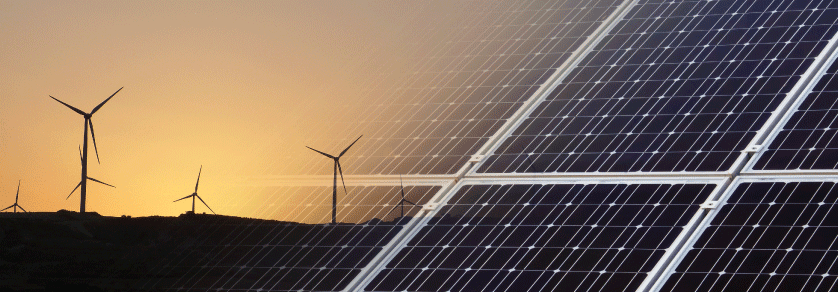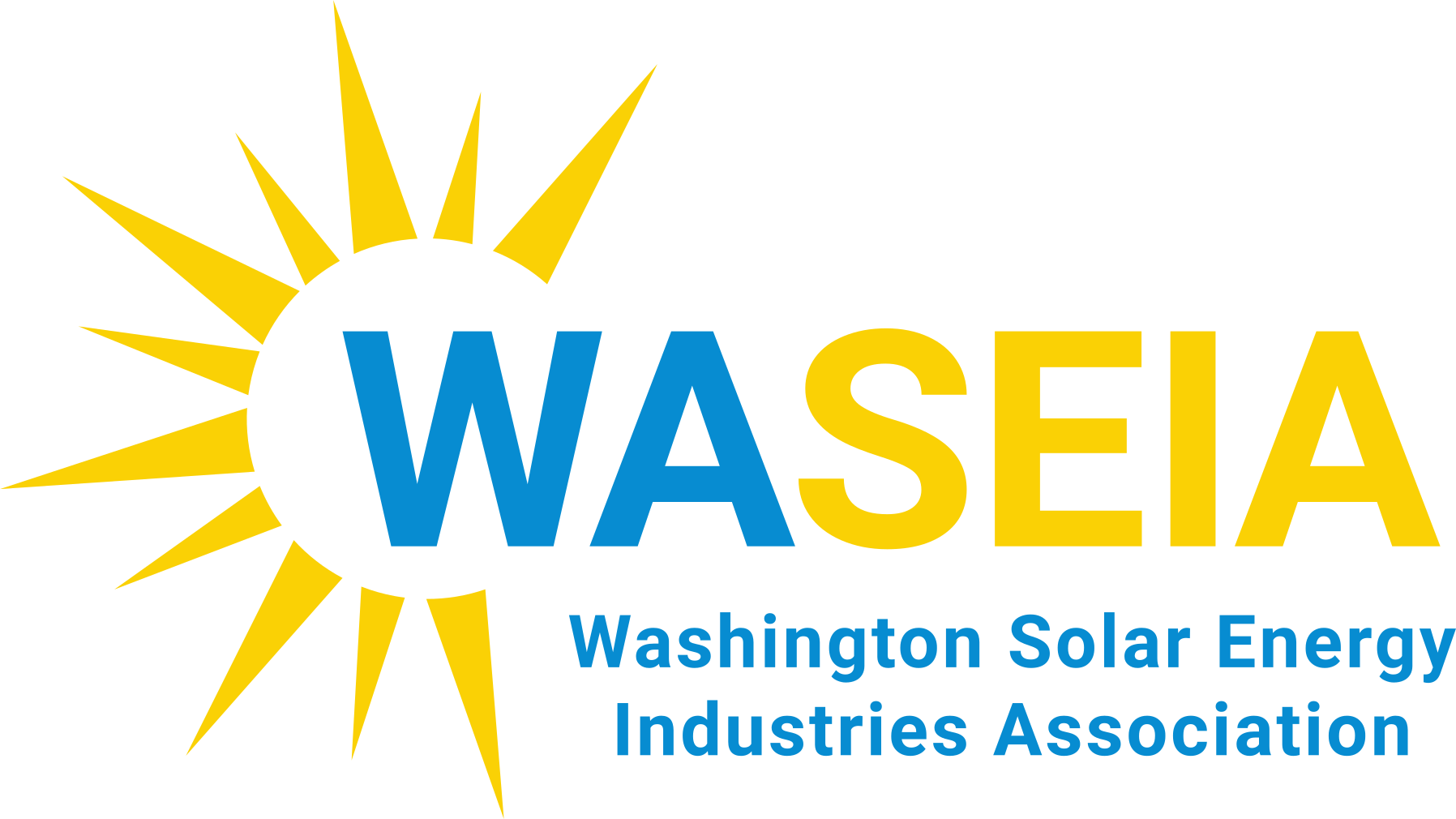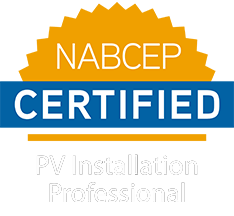How Solar Energy Has Improved Over Time

Solar technology has been around for a really long time. However, it’s only in the last decade or so that it has established a role in today’s clean energy economy. Photovoltaic panels went from an experimental innovation that required high costs to the best source of renewable power.
Two factors influencing the growth of solar energy are the cost and efficiency over time. Let us walk through the history of solar energy, and find out how much it has changed over the years.
Early History and the 1800s
Did you know that ancient Rome already had solar engineers? Thousands of years ago, Romans used to harness energy from the sun to heat bathhouses. The idea was born after wood, their principal fuel source, became scarcer and more expensive.
According to the book “Let It Shine” by John Perlin, Roman architects had to design giant windows on buildings to help trap heat into one concentrated area. Homeowners of London during the nineteenth century also relied on solar water heaters.
In 1839, the “photovoltaic effect” was first discovered. During an experiment, Alexandre Edmond Becquerel noted that some materials can generate electricity when exposed to the sun. Years later, another man was able to create electricity from light.
William Grylls Adams and his student invented selenium cell, which became the world’s first photovoltaic power source. However, the efficiency of the early selenium cell was only at one to two percent. Most of the energy absorbed from the sun was lost as heat.
1950s and the 1960s
It took a long time before solar energy saw another major breakthrough. In 1941, American engineer Russell Ohl was working with diodes and this led him to develop the first silicon solar cells. He patented his invention and later developed solar batteries and semiconductors.
It wasn’t until 1954 that commercial panels were introduced to the U.S. market by Bell Telephone Laboratories. Engineers D.M. Chapin, C.S. Fuller, and G.L. Pearson carried on Ohl’s work and used silicon to create a stable power source with 4% efficiency.
A year later, Hoffman Electronics launched the first silicon commercial solar cell. It sold for $25 per cell at the time and functioned at 2% efficiency. Each cell produced only a small number of milliwatts, thus the price per watt was set at over $1,785. It was not at all an affordable option for the average consumer.
Even with the expensive price tag, solar technology was able to advanced rapidly during the post-war boom of the 1950s. Scientists discovered the applications for solar panels in space which made them more attractive. In 1960, Hoffman Electronics worked to improve the solar panels, increasing the efficiency to 14%.
1970s and the 1980s
During this period, utility-scale solar energy became more popular due to government intervention. The increase in public interest, prompted by the Arab Oil Embargo and the Environmentalist movement, brought funding for solar energy research and development.
It was also during the 70s’ that solar cells started to power navigation warning lights and horns on many offshore gas and oil rigs and lighthouses. Domestic solar applications began to be viewed as solutions for remote locations which are not reached by the grid.
In 1976, David Carlson and Christopher Wronski of RCA Laboratories, fabricate the first amorphous silicon photovoltaic cells. A year after, The U.S. Department of Energy launched the Solar Energy Research Institute, a federal facility dedicated to harnessing power from the sun.
The biggest step forward for the solar industry happened when the Public Utility Regulatory Policy Act and the Energy Tax Act of 1978 established the regulatory framework for solar interconnections. This eventually led to the federal tax credits and incentives solar users are enjoying today.
1990s and the 2000s
By the early 90s’, solar panels reached a marketable level of efficiency. The University of South Florida, for instance, developed a 15.9% efficient thin-film photovoltaic cell in 1992 made of cadmium telluride. It was the first panel to exceed the 15% barrier.
In 1994, the National Renewable Energy Laboratory develops a solar cell using gallium arsenide and gallium indium phosphide and was able to achieve 30% efficiency. It wasn’t suitable for mass distribution but was utilized for many space applications. By the end of 1999, there were over 1,000 megawatts of solar infrastructure worldwide.
The year 2000 opened the door for residential solar. It was when Sandia Laboratories invented the modern inverter. It converts direct current (DC) generated by the solar panels to alternating current (AC), which is the U.S. standard for home use.
By 2002, the average consumer can buy solar panels from Home Depot. The retail company started selling solar panels in their 61 stores nationwide. Since then, the technology has improved. Solar panels have increasingly become more efficient and even more affordable.
Breakthroughs in Solar Power
Time has brought positive changes for solar technology but unfortunately, there are still some barriers to break. That is, how to get a higher efficiency rating. According to researchers, silicon solar panels have an efficiency ceiling of around 29%. This theory was based on the physics of the photovoltaic effect.
Attaining that efficiency rating continues to elude innovators.Typical silicon solar cells of today have only a maximum efficiency of around 15%. However, this rating can already power the average home in a cost-effective way.
While the world is waiting for new updates on increasing efficiency, let’s take a look at the other great developments solar panels have attained in years past.
Design and Implementation
Thanks to improvements in design and implementation over the last decade, solar companies were able to come up with better technology that require fewer resources overall. The innovations in the manufacturing process reduced costs for the average consumer and improved the installation process. In fact, most residential installations can be done in a day.
Essential components were also improved. Microinverters, a new alternative to the traditional inverter, were developed to reduce energy losses. It’s a plug and play device that functions like an inverter but for each solar panel rather than the whole system. It improves the efficiency of the system considerably.
Overall, the greatest breakthrough in solar power is the reduced cost. The manufacturing process dropped dramatically in price due to the high market demand in LCD TVs. Both technologies utilize huge sheets of glass. Add to that is China’s rapid expansion in the solar industry. This made prices low enough for homeowners to consider investing on a solar system.
New Materials
More breakthroughs are also seen with new materials. Cadmium telluride (CdTe) cells are being developed to substitute traditional silicon panels. It was discovered that these solar cells offer lower carbon footprint and manufacturing cost, but offer impressive outputs.
The only thing preventing the cells from being mass-produced is its one-volt limit. It means that the cells cannot produce more than 900 millivolts of electricity in direct sunlight.
It all changed in February 2016 when researchers at the National Renewable Energy Laboratory finally managed to break the one-volt limit. This enabled lab testings to achieve efficiency ratings of more than 22%. A few more improvements and CdTe cells might just be approved for mass production. It will greatly benefit the next generation of solar homes as they offer better system performance and lower costs.
The rise of solar-powered homes is apparent in the coming years, especially since solar power has proven its ability to yield profits. With technological advancements, expect to see better, more reliable solar photovoltaic (PV) systems. It means fewer panels to purchase, more energy and more savings!



